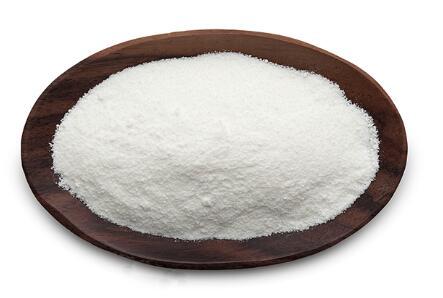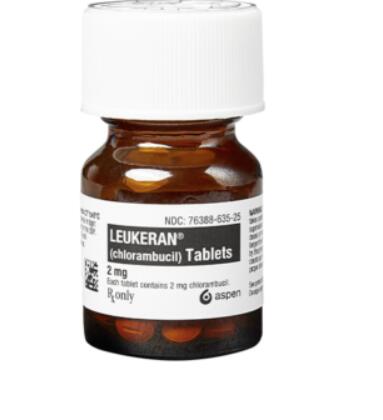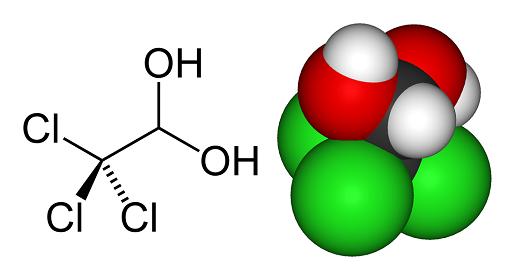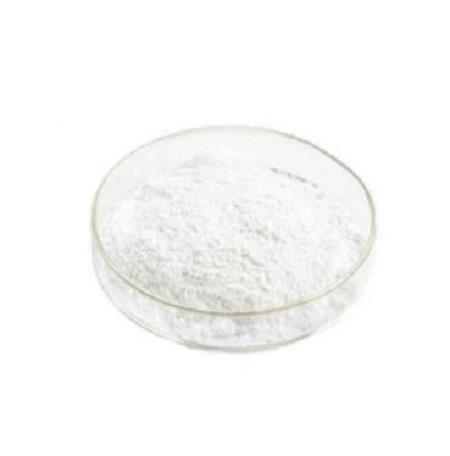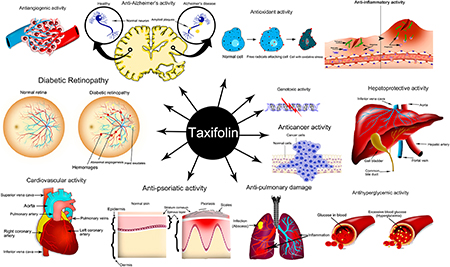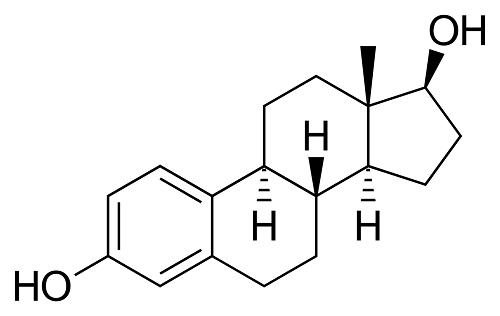Active Pharmaceutical Ingredients (API), popularly speaking, are the raw materials of medicines, only pharmaceutical raw materials are processed into pharmaceutical preparations , can they become medicines available for clinical use, so drugs we usually eat are the finished drugs through processing. Active Pharmaceutical Ingredients based on its sources can be divided into two major categories ,including chemical synthetic drugs and natural chemical drugs. Chemical synthetic drugs can be divided into organic synthetic drugs and inorganic synthetic drugs. Inorganic synthetic drugs are inorganic compounds ( very few is element), such as aluminum hydroxide, magnesium trisilicate which are used for the treatment of gastric and duodenal ulcers ; organic synthetic drugs are mainly composed of drugs made by basic organic chemical raw materials, through a series of organic chemical reactions (such as aspirin, chloramphenicol, caffeine, etc.). Natural chemical drugs ,based on its sources,can be divided into two categories including biochemical drugs and plant chemical drugs. Antibiotics are generally made by the microbial fermentation, which belongs to the biochemistry category. A variety of semi-synthetic antibiotics occurs in recent years,which are biosynthesis and chemical synthesis combining products.Among active Pharmaceutical Ingredients, the organic synthetic drugs varieties, yields and values have the largest proportion,which are the main pillars of the chemical and pharmaceutical industries. The quality of active Pharmaceutical Ingredients decides whether the formulation is good or bad , so its quality standards are very strict ,countries in the world have developed national pharmacopoeia standards and strict quality control methods for its widely used active Pharmaceutical ingredients.
Toxity of Polyvinylpyrrolidone (PVP)
Polyvinylpyrrolidone did not irritate or induce sensitization when applied to the skin of volunteers, and was not irritant to the eyes of rabbits. It was of low acute toxicity when administered by the
Jan 5,2022 APISide effects of Chlorambucil
Chlorambucil, approved by the Food and Drug Administration (FDA) in 1957, is an antineoplastic/alkylating agent with a broad spectrum of antitumor activity used to treat chronic lymphocytic leukemia (
Dec 31,2021 APIUses of Chloral hydrate
Chloral hydrate was first synthesized in 1832 by Justus von Liebig and was the first synthetic central nervous system (CNS) depressant. It was used to treat delirium tremens, insomnia, and anxiety, al
Dec 30,2021 APIUses of Epinephrine
Epinephrine stimulates both the alpha- and beta-adrenergic systems, causes systemic vasoconstriction and gastrointestinal relaxation, stimulates the heart, and dilates bronchi and cerebral vessels. It
Dec 22,2021 APIPharmacological activities of Taxifolin
Taxifolin, a chemical substance extracted from pine plants such as larch and Douglas fir. It belongs to the bioflavonoid pseudo-vitamin P, and its scientific name is dihydroquercetin.
Dec 22,2021 APIPhysiological effect of Dopamine
Dopamine and norepinephrine are in the monoamine class. Catecholamines are synthesized in the brain, the adrenal medulla, and by some sympathetic nerve fibers. The biosynthesis of catecholamines begin
Dec 21,2021 APIThe effects of low estradiol
Estradiol is used to treat menopause symptoms such as hot flashes and vaginal changes, and to prevent osteoporosis (bone loss) in menopausal women.
Dec 15,2021 APIBiological function of 17beta-estradiol
17beta-estradiol is the 17beta-isomer of estradiol. It has a role as an estrogen, a human metabolite, an EC 1.2.3.1 (aldehyde oxidase) inhibitor, a Daphnia magna metabolite, a mouse metabolite and a g
Dec 15,2021 APIClascoterone skin care
Clascoterone (cortexolone 17α-propionate, CB-03-01) is a novel antagonist of androgen receptors. It binds to androgen receptors with high affinity.
Dec 14,2021 APISide effects of Nilotinib Hydrochloride Monohydrate
?Nilotinib (AMN107, trade name Tasigna) has a number of adverse effects typical of anti-cancer drugs: a headache, fatigue, gastrointestinal problems such as nausea, vomiting, diarrhea and constipation
Dec 14,2021 API



